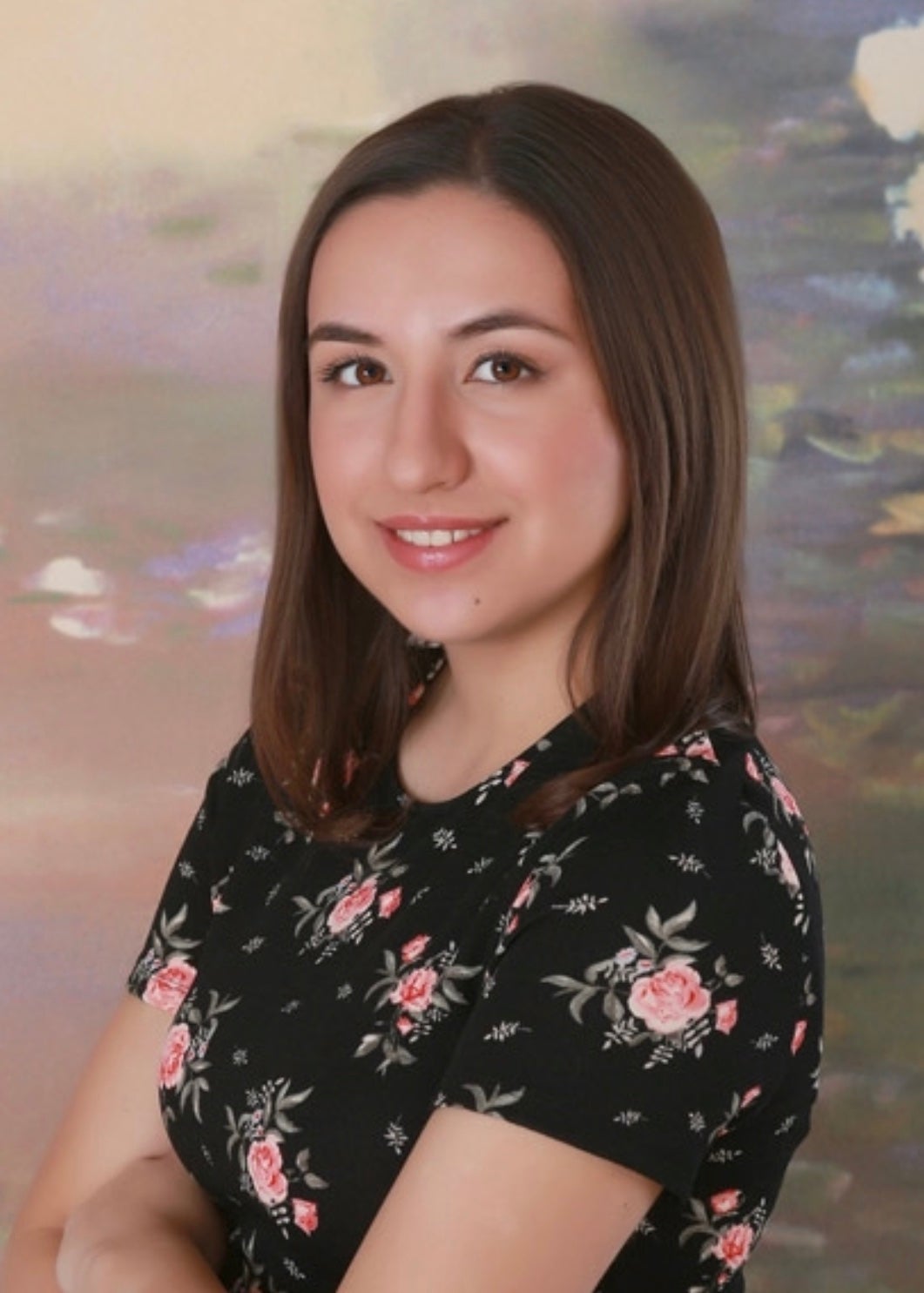Marisa Perez

Pronouns: She/Her/Hers
UROP Fellowship: Engineering
Research Mentor(s): Young Geon Park, PhD
Department of Mechanical Engineering
Presentation Date: Monday, July 27, 2020 | Session 2 | Presenter: 3
Authors: Marisa Perez
Abstract
2.2 billion people do not have safely managed drinking water services. There are half a million deaths per year related to unsafe water and preventable waterborne diseases.
Point-of-use (POU) water disinfection is the most practical solution to provide safe drinking water, especially in rural communities where centralized public water supply systems have not been implemented or have failed. Exposing a transparent container filled with only water to solar irradiation for POU water disinfection is simple, however it is unpredictable and ineffective. It relies on terrestrial ultraviolet (UV) radiation, which only makes up ~3% of energy that arrives on Earth from the Sun. By utilizing a material that can effectively harness solar energy, solar disinfection can become a practical and effective method to disinfect water.
In this study, we report sustainable solar water treatment approaches by incorporating photo active nanoparticles. One study and five research papers on nanoparticles were analyzed.
Nanoparticles are microscopic particles ranging from 1 to 100 nanometers in size. They can be made from a variety of materials, and they can exhibit significantly different physical and chemical properties than their bulk material form.
Gold nanoparticles (AuNPs) are plasmonic. They have surface plasmon modes, which are areas where free electrons in the material naturally oscillate at a specific frequency. When light with a wavelength equal to the oscillation frequency of the surface plasmon modes hits the AuNPs, they strongly absorb or scatter the light, resulting in a bold color. With subtle changes in the size or shape of the AuNPs, the color can be altered with an unprecedented level of tunability compared to traditional approaches such as dye.
These strong surface plasmon modes also allow AuNPs to exhibit photothermal properties. When light with a wavelength equal to the oscillation frequency of the surface plasmon modes hits the AuNPs, the electrons become excited. This results in the production of intense localized heating. For AuNPs, these surface plasmon modes correspond to wavelengths of light in the visible light and near-infrared regions, which makes up ~90% of the solar radiation that arrives on earth.
Incorporating AuNPs into water to harness solar energy for water disinfection can deactivate bacteria and viruses without substantially raising the bulk temperature of the water. This is a reinvention of disinfection by boiling water. The need for consumable fuel to heat the water is replaced by renewable solar energy and a reusable material. This method has the ability to be accessible to rural areas and third world countries that do not have access to centralized water disinfection facilities.
Google Slide Presentation
Presentation Script
Research Disciplines
Engineering



